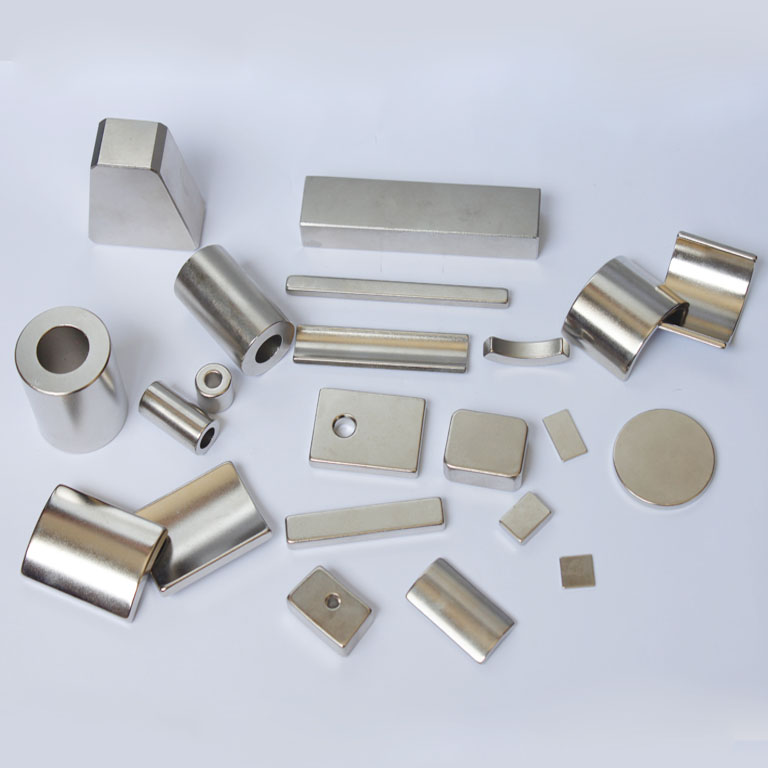Have you ever wondered the reason why your fridge’s doors close automatically or how the backs of credit card cards stick so well to your fridge doors? It might surprise you to find that magnets are vital to many of these seemingly unnoticed things we do in our daily lives. Magnets have been employed throughout time – not only in science classes!

Permanent magnets play an important function in the creation and production of toys. They are employed to make many features, including moving parts, magnetic levitation, and sounds. These magnets are critical in the manufacture of educational toys since they assist children in understanding concepts such as physics and the science of chemistry. Many toys for children rely on magnets for security. Permanent magnets are a great option for toy design. They also do not require electricity to function. Toy designers can utilize permanent magnets to create toys kids love.
Permanent magnets play a significant role in every aspect of our lives, including our cars’ motors and our computers’ micro-motors. These magnets are employed in a myriad of uses, including electric appliances, office automation, magnetic therapy, toys, and many more. We’ll explore the numerous uses of permanent magnets and their effects on our daily lives in this piece. Permanent magnets are essential components in modern technology, especially in micro-motors and computers. They are composed of materials like nickel, iron, or cobalt which possess natural magnetic forces.
Permanent magnets are built on the properties and the dynamics of electrons. These subatomic particles orbit the nucleus in an atom. Electrons possess a property called spin, which generates an extremely small magnetic field. Ferromagnetic substances have electrons that don’t have paired. This means that their magnetic fields do not cancel each with each other. Instead the magnetic fields interact to form a powerful and steady magnetic field.
Permanent magnets are made by exposing ferromagnetic material to an external magnetic field. The electrons are pushed into the same direction, causing their magnetic fields to be aligned. This aligning creates a strong and steady magnetic field that is maintained even after the magnetic field has been removed. Permanent magnets are employed in micro-motors in order to create the magnetic field that powers motor rotation. The magnet is placed on the rotor that is the rotating component of the motor, and interacts with the magnetic field produced by the stator that is the stationary part of the motor.
Computers make use of permanent magnets for storing data on hard disk drives. The magnet’s magnetic field is utilized to match the magnetic fields of the magnetic particles on the disk, which represents the data stored in the drive.
The use of permanent magnets in camera and watch technology has provided a variety of advantages that are usually not noticed by the user. The tiny magnets play a essential role in stabilizing camera lenses and focusing lenses on subject, and in watches, to ensure that the hands stay put and function smoothly.
Camera technology makes use of magnets to lessen camera shake. This produces clearer and more precise images. The magnets also help to focus the lens on the subject, which ensures that the picture is clear and in focus.
In watches, permanent magnets are used to ensure that the watch’s hands remain at a constant position and are able to function efficiently. These tiny magnets give constant force that allows the watch to maintain a precise time, even under difficult conditions.
Permanent magnets can be a fantastic option for enhancing quality and reliability in watches and camera technology. We can expect more creative uses for permanent magnets in the future as technology improves.
Permanent magnets are a powerful tool that offers unbeatable power and flexibility. Technology is always changing and expanding, which means their possibilities for use will only expand. From magnetic separation equipment that help to separate valuable metals from particulate matter used in industry processes, all the way to magnetic refrigerators and cooling systems for homes around the world, permanent magnets are a vast array of possibilities. We’ve only scratched a edge of understanding their capabilities and benefits – there is much more research to be conducted in this field. There are many other uses for these powerful magnets by using some engineering and creativity!
For more information, click magnets manufacturer